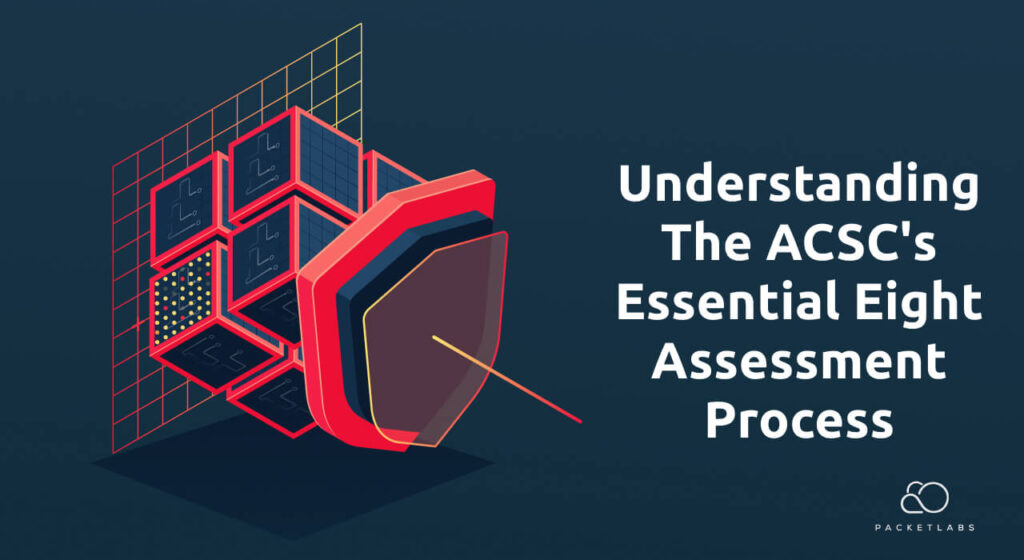
In the digital age, where cyber threats loom large, organizations must fortify their defenses to safeguard their data and systems. The Australian Cyber Security Centre (ACSC) has developed the Essential Eight framework, a comprehensive set of strategies designed to enhance cybersecurity posture. Progressing from maturity level 0 to level 1 within this framework is a critical step for organizations aiming to minimize their vulnerability to cyberattacks. This guide outlines the steps to achieve maturity level 1, offering practical advice and best practices.
Understanding the Essential Eight Maturity Model
The Essential Eight maturity model is a strategic framework aimed at improving an organization’s cybersecurity measures. It outlines eight fundamental strategies for cyber defense, providing a structured path to elevate an organization’s cybersecurity maturity from level 0 to level 3. Maturity level 0 signifies the initial phase, where cybersecurity measures are either absent or inadequately implemented. Progressing to maturity level 1 indicates that an organization has begun to implement the Essential Eight strategies, laying the groundwork for a more secure cyber environment.
Step-by-Step Progression to Maturity Level 1
Achieving maturity level 1 is about establishing a foundational cybersecurity stance through the implementation of basic but critical measures. Here is a step-by-step guide to progress from level 0 to level 1:
1. Conduct a Cybersecurity Risk Assessment
Initiate with a comprehensive assessment to identify vulnerabilities within your systems, networks, and processes. This assessment forms the basis for all subsequent cybersecurity efforts.
2. Develop and Implement a Cybersecurity Policy
Create a cybersecurity policy reflective of the risk assessment’s findings. This policy should outline the organization’s cybersecurity framework, including roles, responsibilities, and procedures for managing cyber risks.
3. Install Anti-Virus and Anti-Malware Software
Secure all endpoints with reliable anti-virus and anti-malware solutions. Regular updates are crucial to counter new threats.
4. Regular Software Patching
Establish a systematic process for timely software patching. This includes all organizational software and ensures vulnerabilities are swiftly addressed.
5. Harden User Applications
Implement user application hardening measures, such as disabling unnecessary features and plugins, to minimize potential entry points for cyber attackers.
6. Cybersecurity Awareness Training
Educate employees on cybersecurity best practices. Awareness and understanding of cyber risks among staff are pivotal in preventing breaches.
7. Enable Multi-Factor Authentication (MFA)
Strengthen access controls by implementing MFA. This adds an extra layer of security, making unauthorized access significantly more challenging.
8. Implement Regular Data Backups
Ensure critical data is regularly backed up and can be restored quickly, maintaining operational continuity in the event of a cyber incident.
The Benefits of Achieving Maturity Level 1
Progressing to maturity level 1 in the Essential Eight framework yields substantial benefits:
1. Enhanced Cybersecurity Posture
The implementation of foundational cybersecurity controls significantly bolsters an organization’s defense against cyber threats.
2. Effective Risk Management
A structured approach to identifying and managing cyber risks enhances the organization’s ability to preempt and respond to threats.
3. Operational Efficiency
A secure cyber environment minimizes disruptions caused by cyber incidents, fostering operational resilience.
4. Regulatory Compliance
Adhering to the Essential Eight strategies aids in meeting regulatory obligations, avoiding potential penalties.
5. Competitive Advantage
Demonstrating a commitment to cybersecurity can differentiate an organization in the marketplace, building trust with customers and partners.
Taking Proactive Steps Towards Cybersecurity
Elevating your organization from maturity level 0 to level 1 within the Essential Eight framework is a crucial initiative that sets the foundation for robust cybersecurity practices. By following the steps outlined in this guide, organizations can create a secure cyber environment that not only protects against threats but also supports business continuity and growth. The journey towards cybersecurity maturity is ongoing, requiring continuous assessment, policy refinement, and adaptation to emerging threats. The ACSC provides numerous resources to support organizations in this journey, emphasizing the importance of proactive engagement in cybersecurity practices to safeguard against the evolving digital threat landscape.

